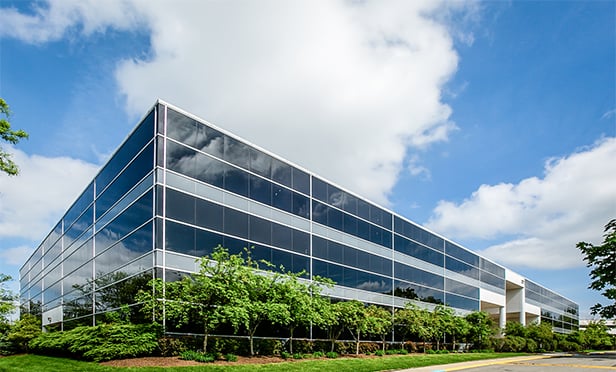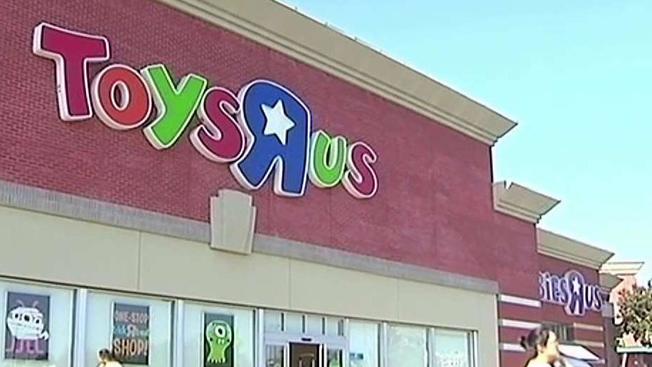
Just a handful of troubled assets-debt and property-traded in 2009. The reasons are plenty, from the bid-ask gap to the collective fear that we haven't hit bottom. Most of the capital raised to invest in distressed assets seemed to sit firmly on the sidelines. But deals did get done.
And those distressed transactions signify the starting point for the deluge to come.
"The amount of distressed assets sold thus far in this cycle is an extraordinarily small percentage of what exists in the pipeline," says Robert Knakal, chairman of Massey Knakal Realty Services. For Manhattan alone, Knakal estimates that $30 billion to $40 billion of debt likely needs to be flushed from the marketplace.
"That represents about one- third of the debt on overleveraged properties, but some of those will be retained by ownership who can afford to feed them, and others will be worked out," he says. Knakal adds that this will take a few years, and will be precipitated by mortgage maturities.
It's difficult to get a hard fix on the amount of distressed commercial real estate debt sales last year, but it's safe to say that the Federal Deposit Insurance Corp. was the top seller.
The agency sold off billions in assets from failed banks. The larger transactions ranged in size from $500 million to $5 billion. Among those were two loss-sharing deals where the FDIC sold a stake in a pool of troubled loans and provided financing. Residential Credit Solutions Inc. took advantage of the structure in September, shelling out $64 million for a 50% stake in Franklin Bank SSB's holdings. About a month later, a consortium led by Starwood Capital paid $554 million for a 40% stake in the assets of Corus Bank.
Two of the firms tapped by the FDIC to help dispose of its repossessed assets are First Financial Network Inc. and DebtX. FFN says it provided loan sale advisory services on $4.85 billion of performing and non-performing loans last year. About 40% was sold on behalf of financial institutions and 60% was traded on behalf of government entities.
DebtX sold at least $3.6 billion worth of performing and non-performing loans for the FDIC last year. The deals included the agency's $1-billion-plus offering in loan participations for a 421-loan portfolio from 15 failed banks. The FDIC also sold $788 million in loan participations from the failed Silverton Bank of Georgia.
One promising outcome of all of the debt sales is that the investor pool qualified to buy various types of loans has expanded, says Bliss Morris, president and CEO ofFFN. "It has grown more in the past 18 months than I've seen in 25 years," she adds.
Going forward, there will be far more distressed debt sales, based on the growing number of failing banks. In 2008, 25 banks folded. That was roughly 135 by year-end, with another 500 banks on the FDIC's watch list.
"A number of banking institutions, including special servicers, are using loan sales instead of going through the long-term process of foreclosure," Morris says. She expects to see more special servicers employ the exit strategy in the near future.
"In 2009, we saw transaction volumes wither to almost nothing and prices fall," says Robert M. White, Jr., president of Real Capital Analytics.
As Knakal puts it, last year "we experienced the lowest volume of turnover since at least 1984. In fact, at best, the number of buildings sold will be 25% lower than we have ever seen:'
Indeed, there were very few transactions. On the bricks-and-mortar side of the business, roughly $2.3 billion worth of distressed properties sold, including 91 properties, representing 11 sellers at press time. That compares to an industry-wide estimate of$49 billion in sales, which is less than half the amount sold in 2008 and a far cry from the $80 billion of property sales in 2001, according to RCA.
Macklowe Properties, in a debtor controlled Deutsche Bank sale, topped the list with transactions totaling $945.3 million. Among the assets sold were two gems the company acquired from the Blackstone- Equity Office Properties sale in '07, Worldwide Plaza and the Bertelsmann Building in Manhattan.
Centro Properties Group traded 21 properties, mostly strip malls and grocery-anchored assets, for a total of $250.3 million.
In a debtor-controlled sale, Los Angeles-based Maguire Partners sold Park Place I, a 1.7-million-square-foot office property in Irvine, CA, for $187 million. According to RCA, the property was acquired via deed-in-lieu by LBA Realty, which will operate it as part of its portfolio going forward.
American International Group, the only financial institution among the top five sellers, sold three properties totaling $160.4 million when it went bankrupt. The sales included 70 Pine St., its former headquarters in Manhattan, for $115.8 million to a joint venture between South Korean bank Kumho Investment Bank and locally based YoungWoo & Associates.
Rounding out the list was Transamerica Life Insurance Co. The firm, which went bankrupt in April, sold the Social Security Center in Birmingham, AL for $147.3 million. As part of the deal, Transamerica provided a $ 140.7-million first mortgage and Aegon financed a $5-million mezzanine loan. The buyers, a joint venture between Rainier Capital Management, Net Lease Capital Advisors and Ray Gee, only had to put in $1.3 million in cash for the deal, according to RCA.
"I find it remarkable that there weren't more banks or lenders among the top sellers of distressed properties this year," White says. "But that was the surprise and frustration of 2009. Despite the mounting distress, there were few fire-sales and the anticipated tsunami of distressed sales never occurred."
The properties that did sell represented the spectrum of asset classes. iStar Financial, for instance, sold six multifamily properties-five in Florida and one in Scottsdale, AZ-for a total of $1 06 million. For four of the properties, iStar defaulted on its loans and foreclosures were initiated before the properties were sold. On the other two assets, lease-up was slow and they were flagged as potentially troubled assets.
The top seller of industrial properties was Opus West, which traded a 1.3-million-square-foot property in Lewsville, TX, for $29.9 million in a debtor-controlled deal.
Macklowe, as previously mentioned, was the top office seller, with its $945.3-million trade. And Centro Properties Group was the top seller of retail properties.
As for hotel dispositions, Amco Capital Group topped the list with the $35-million sale of Hotel Angeleno in Los Angeles. The deal was a debtor controlled sale as Namco filed for bankruptcy, according to RCA.
And residential builder William Lyon Homes ranked as the top seller of development sites, with the sale of its 1O.6-million-square-foot parcel for $22.3 million in a debtor-controlled sale in Salinas, CA. The seller had defaulted on its loan and was facing foreclosure."Everyone was disappointed there were not more distressed sales this year," White says. "We'll see more in 2010. We saw it pick up in the third quarter and maintain an upward trajectory into the fourth quarter as well. It won't be a 'V' shape, but it's gaining steam. We're starting to see some bigger deals happen."
GlobeSt.com News Hub is your link to relevant real estate and business stories from other local, regional and national publications.
© Touchpoint Markets, All Rights Reserved. Request academic re-use from www.copyright.com. All other uses, submit a request to [email protected]. For more inforrmation visit Asset & Logo Licensing.






